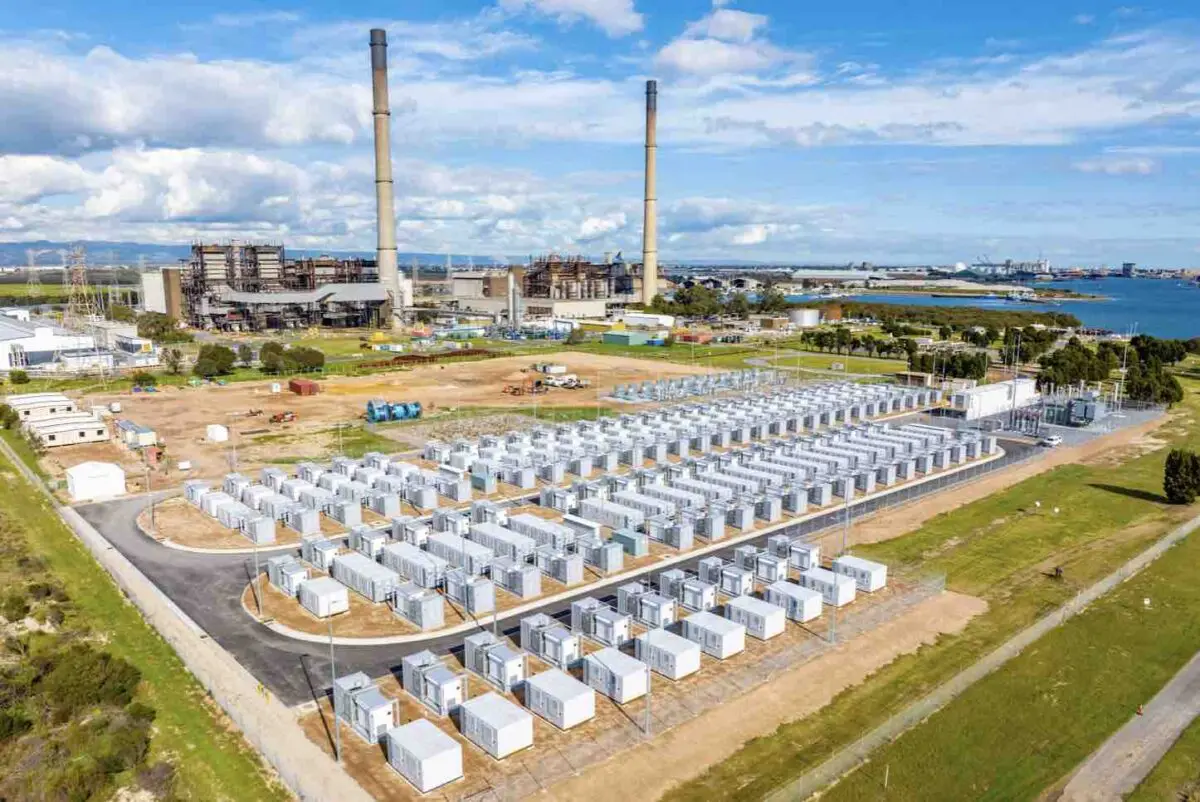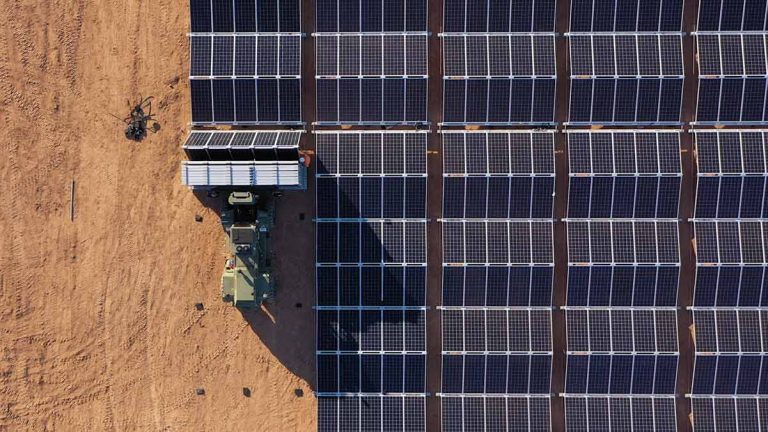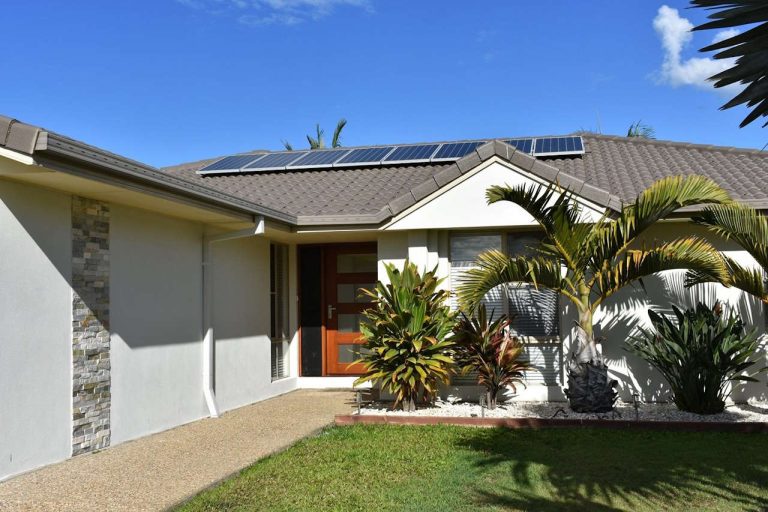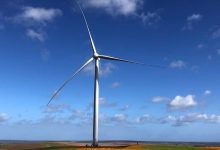South Australia Achieves Grid Security with Single Gas Turbine for 100% Renewables
The advancement of battery storage and inverter-based technologies has prompted a significant shift in the approach to grid security in South Australia, which is recognised as the most progressive renewable energy grid in Australia and potentially the world.
On Tuesday night at approximately 10:20 PM, the state’s grid operated for the first time with just one synchronous generator, the Torrens B3 gas unit located near Adelaide, which was contributing around 40 MW of power. This generator was not essential for its power output but was crucial for maintaining vital grid security functions, such as system strength.
Transitioning to Inverter-Based Technologies
Historically, the market operator required a minimum of two synchronous generators to ensure grid stability. However, it is now anticipated that the grid can be maintained without any synchronous generators, marking a significant transformation in the transition from traditional spinning machines to those reliant on inverter-based technologies.
This rapid evolution has been remarkable from an engineering perspective. A decade ago, many key figures within the Australian Energy Market Operator and the broader industry did not foresee any battery storage exceeding 1 MW being integrated into Australia’s grid. The landscape changed dramatically in late 2017 with the introduction of the Hornsdale battery, boasting a capacity of 100 MW and 129 MWh, which was the largest in the world at that time. Following this, the deployment of grid-forming inverters began, which developers claim can deliver all the grid services, including system strength, that were traditionally provided by spinning machines.
Growing Capacity of Battery Storage
Today, batteries are being designed with capacities reaching up to 850 MW and over 3,000 MWh, with more than 50 installations expected across Australia’s main grids and off-grid areas. These batteries play a crucial role in balancing wind and solar energy while providing essential grid services such as frequency control, inertia, and system strength.
A recent report titled “Reduction of Minimum Synchronous Generators in South Australia” from AEMO indicates that the reduced requirement for synchronous generators stems from studies conducted after the installation of four synchronous generators, known as syncons, which provide grid services without the need for fuel combustion. South Australia currently operates four of these machines, significantly decreasing its dependence on traditional gas generators, especially since coal-fired power plants were shut down in 2016.
Debate Over Cost-Effectiveness
Battery developers, including Tesla and Fluence, assert that their technologies can deliver all necessary grid services at a lower cost compared to syncons. However, AEMO and the primary transmission companies responsible for ensuring system strength remain sceptical about this claim in all scenarios, leading to the continued installation of large spinning machines in many of the country’s renewable energy zones.
The fact that South Australia now requires only one gas generator operating at a minimal output of 40 MW allows for increased contributions from wind and solar energy to the grid, rather than having to limit these sources to accommodate additional fossil fuel generation.
Operational Challenges and Future Prospects
Nonetheless, there are some important considerations. On Tuesday night, wind energy accounted for nearly 90% of the state’s demand, but during daylight hours, if rooftop solar energy reduces “operational demand” below 600 MW, at least two synchronous generators will still be necessary. With rooftop solar now installed on half of the households in the state, operational demand can occasionally dip below zero, underscoring the need for curtailment and enhanced battery storage solutions.
Currently, South Australia operates with an annual average of 75% wind and solar energy, the highest percentage for a grid of its size in both Australia and globally, with an official target of achieving 100% “net” renewables by the end of 2027. The term “net” indicates that the state will export surplus wind and solar energy when possible and import from other states as needed. The upcoming completion of the Project EnergyConnect link to New South Wales is expected to further enhance grid security.
Until this new connection is operational, South Australia has a maximum allowable output of 2,500 MW from wind and solar sources, which decreases to 2,200 MW if one of the synchronous generators is offline.
Future Testing and Considerations
Interestingly, the AEMO report suggests that even in an isolated scenario, the state’s increasing number of large batteries and its four synchronous generators could theoretically maintain “grid reference” without a synchronous generator. The report states, “This assessment for grid reference was carried out based on desktop modelling and simulations as proof of concept. A staged physical test is necessary to verify the findings from this assessment.”
However, this applies to specific situations and applications, and it is important not to underestimate the complexities involved. There are still scenarios where AEMO determines that at least two synchronous generators are essential.
What is evident is that the presence of syncons and battery inverters provides AEMO with an expanding array of options. This suggests that, at some point, they may feel confident enough to manage a major state grid without relying on fossil fuels, powering homes and industries entirely through renewable sources. Who would have imagined such a possibility?






